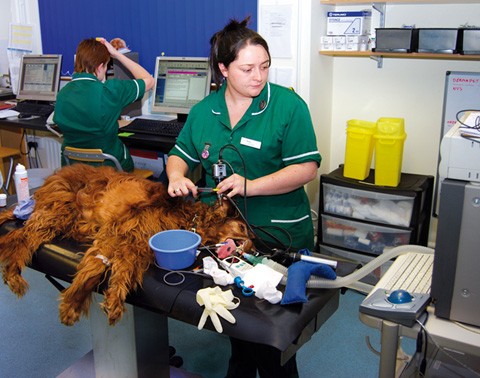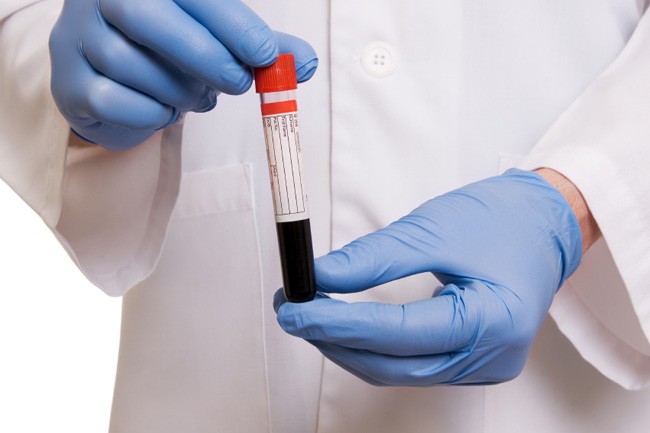Tag: blood
-

Are nursing arts dying?
—
by
I have been asking on my twitter account (@JaneRVN) about experiences of the nurses and “nursing arts”. Do we utilise all our skills? Are some nursing arts dying? Does VN training reflect what goes on in practice? The responses have been different, which is good, but the nursing arts I have specifically been asked about…
-

Ammonia tolerance test for diagnosis of portosystemic shunts
—
by
Normal hepatic function is essential for conversion of ammonia to urea. Increasing resting ammonia concentration indicates decreased hepatic mass or shunting of portal blood. Concentrations of blood ammonia are not well correlated with severity of hepatic encephalopathy, and ammonia levels may be normal in 7% to 21% of dogs with portosystemic shunts (PSS), especially after…
-
It takes balls to neuter
—
by
As graduates, one of the most routine surgeries that we will be expected to be competent at is neutering. As students, when on work experience or EMS, we will have seen at least one of these procedures a day at small or mixed practices… often more. But routine does not necessarily mean easy, simple or…
-
PETS with rabies, in the UK?
—
by
Lectures on legislation regarding veterinary-related issues are never the most interesting, often involving endless lists of dates and figures, but the Pet Travel Scheme (PETS) lecture this week had a slight edge to it. Among other important factors, such as microchipping and documentation, the focus was quite obviously on the recent changes to the rules…
-
Peripheral neuropathy in diabetic cats
—
by
Peripheral neuropathy is the most common chronic complication of diabetes in cats. This degenerative disorder typically affects the hindlegs, causing weakness, loss of coordination, inability to jump and a plantigrade stance. No specific therapy for peripheral neuropathy in cats is available, but intensive blood glucose control decreases the risk and improves clinical signs in humans.…
-
Thromboembolism in cats
—
by
Thromboembolism is a severe uncommon complicating condition in hypertrophic cardiomyopathy in cats. It can cause acute pain and various clinical signs, such as loss of function of the hind limbs (most commonly, although other organs or limbs can be affected). Although treatment to break down or remove the clot is available, the high treatment costs…
-
Glipizide therapy in diabetic cats
—
by
Glipizide is an oral blood glucose lowering drug in the sulphonylurea class. It acts by causing the beta cells in the pancreas to release insulin, and may also increase sensitivity to insulin. Glipizide is used to treat type II diabetes in cats along with diet, exercise and insulin therapy if necessary. It is highly effective…
-

How safe is your client data?
—
by
The current news of the American NSA and British GCHQ indiscriminately stealing and using citizen communications reminded me of a considerably smaller incident I was part of. Quite a while ago, in a previous life, I came in to work early one morning. The traffic had been lighter than normal and I had made good…
-
Diagnosis of diabetes insipidus
—
by
There are three basic causes for diabetes insipidus (DI): a defect in antidiuretic hormone (ADH); a defect in the kidney’s response to ADH; or psychogenic polydipsia. The diagnosis of DI can be challenging. Tests include: blood and urine tests – complete panels to rule out diabetes mellitus, kidney and liver disease a water deprivation test…
-
Do something amazing – give (your pet’s) blood
—
by
I had heard of the Pet Blood Bank before, but only when it was mentioned in one of our blood lectures did I start wondering. I don’t know how often veterinary professionals make use of the service in general practice, but I do think it’s fantastic that a resource like this is available to help…